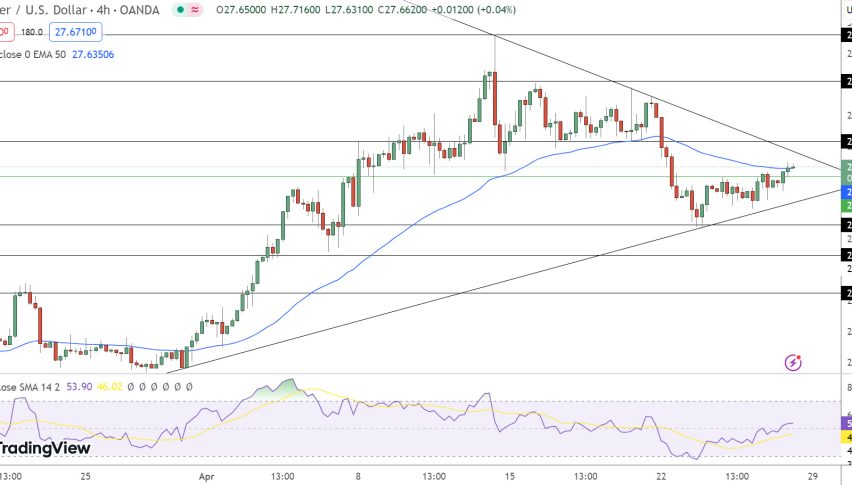Why Did AUD/USD Turn More Bearish Than NZD/USD After the RBNZ Rate Cut?
Deteriorating Fundamentals for the Kiwi and Aussie
The fundamentals for risk assets such as commodity Dollars have been getting worse in recent months. Employment declined in Q1 in New Zealand and wages which are published as labour costs weakened, with business confidence getting worse. Inflation for the same quarter remained pretty weak at 0.1% in Q4 2018, while in Australia inflation fell flat at 0.0% and import prices declined by 0.5%.
The sentiment in financial markets has also been hurt, which effects risk currencies negatively, especially in the last week after trade tensions between the US and China accelerated again. US President Trump threatened with tweets last weekend that the US will increase trade tariffs on China from 10% to 25%. That came as a surprise, but it wasn’t so after we got to know that China had backtracked on promises to tackle IP theft, intervention in the economy, forced technology transfer, etc. The two giant nations had a 2-day meeting toward the end of this month and the sentiment improved a little in the last few trading hours of the week, but overall, markets remain pretty cautious and the bigger picture is pretty bearish for commodity Dollars as a tariff escalation would hurt them even more since they are pretty connected to the Chinese economy.
The Puzzle
As a result, the central banks of Australia (RBA) and New Zealand (RBNZ) have been getting increasingly dovish in the last couple of months. In fact, the RBNZ cut interest rates this week on Wednesday morning by 25 bps, from 1.75% to 1.50%. That was a surprise cut, since the majority of analysts weren’t expecting such a move and the RBNZ hasn’t exactly made it clear that they were going to cue rates this time.

NZD/USD retraced all the losses pretty soon and traded sideways in the following sessions
The Kiwi was caught by surprise and NZD/USD lost 70 pips in the next hour. But, this pair claimed back all the losses in the next several hours and, despite the rate cut, in the next two days this pair traded in a slightly bullish trend. At the same time, AUD/USD turned pretty bearish in the next two days, on Wednesday and on Thursday, losing around 60 pips from where it was after the RBNZ rate cut, to the bottom.

AUD/USD lost 60 pips as it fell from the 100 SMA (red) to the bottom at 0.6960s
Why did the Aussie fell more than the Kiwi? Anticipation!
So, AUD/USD turned pretty bearish in the aftermath of the move from the RBNZ which was a direct consequence of that move, while NZD/USD behaved like it didn’t even happen. Why is that?
That’s because of anticipations. Forex traders usually trade anticipations of interest rate moves. One of the reasons that the NZD has been bearish is because there were signs that the RBNZ was going to cut rates soon. The move came as a surprise and NZD/USD lost 70 pips immediately after that. But now expectations of another rate cut in the next few meetings have diminished.
On the other hand, the RBA has also given signs that they might cut interest rates, but they haven’t done so yet. But now, after the sudden cut from the RBNZ, the odds of the RBA doing the same have increased. The RBA was expected to cut interest rates on Tuesday from 1.50% to 1.25% which they didn’t. Although after this event, traders are seriously thinking about it and they are trying to anticipate such a move by being short on the AUD.
The USD turned a bit bearish in the last two days of the week, which might seem as a bullish reversal for AUD/USD, but it isn’t so. This pair continues to remain bearish and it will provide good selling opportunities to AUD traders in the coming weeks until the next RBA meeting since anticipations of a rate cut have now increased after the cut from the RBNZ.












